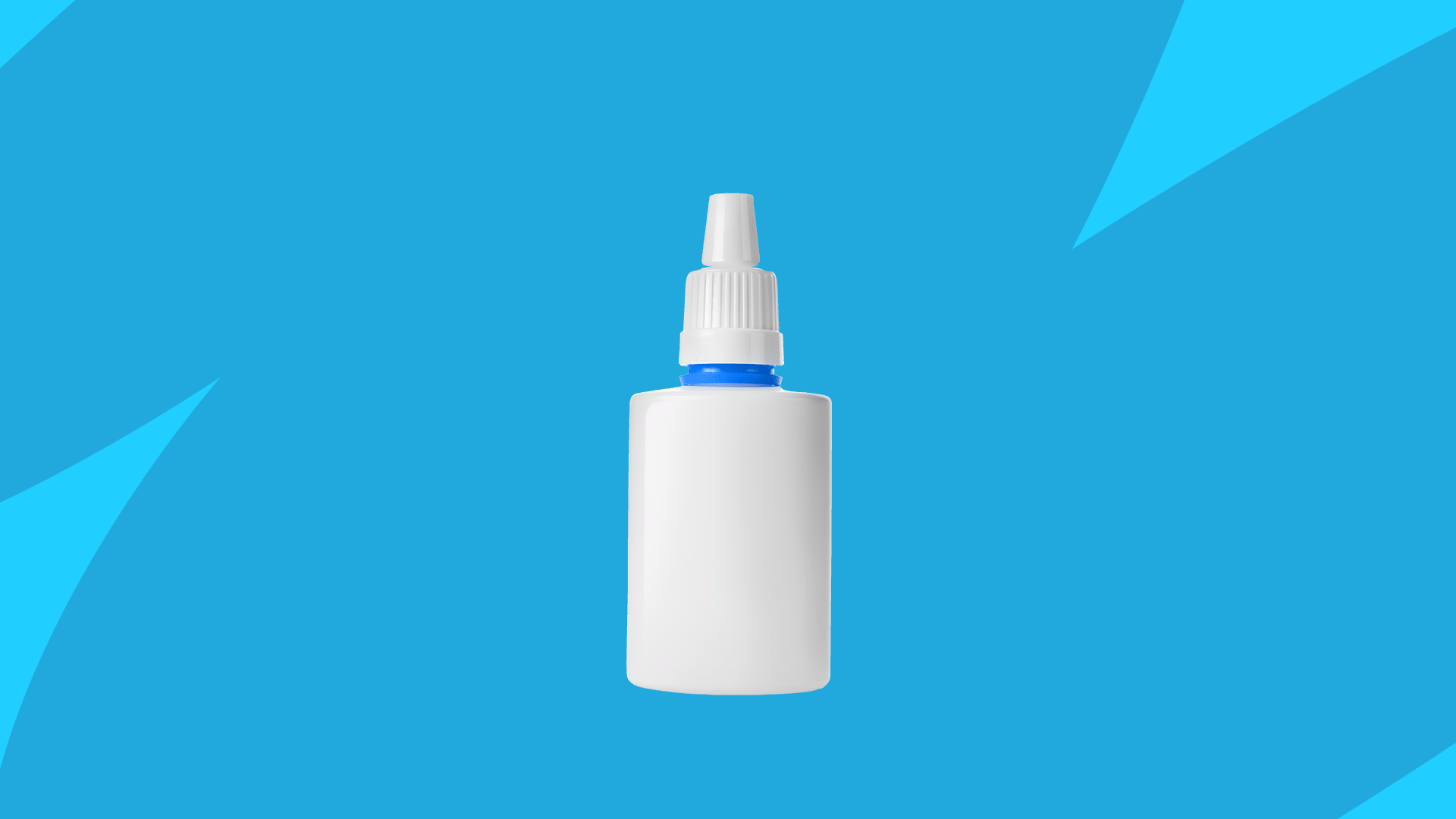Is latanoprost covered by insurance | How much does latanoprost cost without insurance? | How to get latanoprost without insurance
Latanoprost ophthalmic solution (eye drops) are a generic prescription drug used to lower pressure in the eye by increasing the draining of fluid from inside the eye. Healthcare professionals prescribe latanoprost to slow or stop the progress of open-angle glaucoma, a steady and permanent loss of vision due to optic nerve damage. This damage is often caused by fluid pressure in the eye, called intraocular pressure or IOP, so latanoprost is also used to prevent glaucoma in people with high fluid pressure in their eye, called intraocular hypertension or IOH. No matter the use, latanoprost is taken as a single drop in the affected eye once per day at bedtime. As a generic drug, latanoprost is moderately priced, however, the brand-name version, Xalatan, will cost more. Even at a moderate price, though, latanoprost may be hard to afford if needed long-term. Keep reading to learn how to save on latanoprost even without insurance.
Is latanoprost covered by insurance?
Generic latanoprost eye drops are usually covered by commercial health insurance, Medicare Part D, and Medicaid insurance plans.
How much does latanoprost cost without insurance?
Without health insurance coverage, people may have to pay the full cash price for latanoprost: about $77 for a 2.5 mL bottle. That’s about 80 drops, or doses, total. How many days will this cover? It’s hard to say. If only one eye is treated, about 80 days. If both, then half that. However, that’s with no mistakes. Unlike swallowing pills, it’s easy to miss the eye when administering eye drops. With that in mind, expect to pay about $350 (for one eye) and $700 (for two eyes) for a year of treatment—more if the eye drops are not always administered correctly.
Because insurance companies usually classify latanoprost as a Tier 1 drug, the cost with insurance will usually be affordable. However, the final out-of-pocket cost depends on several factors: the plan’s formulary, copay cost, deductible, coinsurance, and any gaps in coverage.
It may be possible to use cheaper prescription medications. Latanoprost belongs to a class of drugs called prostaglandin analogs. Prostaglandins are naturally produced by the body and perform many functions. One of these is to stimulate fluid drainage from the eye. When latanoprost is absorbed into the front chamber of the eye, it attaches to prostaglandin receptors in the eye. These receptors are a kind of on/off switch that causes tissues in the eye to drain more fluid. The effects on eye pressure are rapid, pronounced, and long-lasting. Of the other prostaglandin analog eye drops available, Travatan Z is also available as its generic travoprost and, depending on insurance coverage or which pharmacy is used, may be less expensive than latanoprost. Other prostaglandin analogs available, Lumigan (bimatoprost) and Zioptan (tafluprost) are only available as brand-name medicines.
Another cheaper alternative might be generic ophthalmic beta blockers (timolol, carteolol, levobunolol) which are effective ocular hypertension treatments. However, they may not be suitable for particular conditions, and their side effects will be different. Different preservatives in some of these medicines may cause allergic reactions in some people. Always get medical advice from a healthcare professional before deciding to switch medicines based on price.
Intraocular hypertension is a serious condition. It can damage the optic nerve and produce narrowed vision, blurred vision, and blindness. Over-the-counter medications, natural remedies, and dietary supplements are risky substitutes for prescription medications designed to lower intraocular pressure.
Compare latanoprost prices to related drugs |
|||
|---|---|---|---|
| Drug name | Price without insurance of brand-name drug | SingleCare price | Savings options |
| Xalatan
(latanoprost) ophthalmic solution |
$207 per 2.5 mL of 0.005% solution | $8 per 2.5 mL of 0.005% solution of generic latanoprost | See updated prices |
| Travatan Z
(travoprost) ophthalmic solution |
$196 per 2.5 mL of 0.004% solution | $49 per 2.5 mL of 0.004% solution of generic travoprost | See updated prices |
| Timoptic
(timolol maleate) ophthalmic solution |
$248 per 5 mL of 0.5% solution | $1 per 5 mL of 0.5% solution of generic timolol | See updated prices |
| Carteolol ophthalmic solution | $27 per 5 mL of 1% solution of generic carteolol | $16 per 5 mL of 1% solution of generic carteolol | See updated prices |
| Levobunolol ophthalmic solution | $30 per 5 mL of 0.5% solution of generic levobunolol | $19 per 5 mL of 0.5% solution of generic levobunolol | See updated prices |
Prescription drug prices often change. These are the most accurate medication prices at the time of publishing. The listed price without insurance references the price of brand-name drugs. The listed SingleCare price references the price of generic drugs if available. Click the link under “Savings options” to see updated drug prices.
How to get latanoprost without insurance
As a moderately-priced prescription drug, latanoprost may be affordable without insurance for the short term. Some people, however, will use latanoprost for months or years. Try the following tips to reduce the cost of latanoprost.
1. Use a SingleCare savings card
With a SingleCare discount card, a one-month supply of latanoprost can cost as little as $8, a savings of almost $70 off the average price. A year of treatment will cost around $100 rather than $700.
2. Get a bigger SingleCare discount by buying three bottles
Three bottles—that’s a 90- to 180-day supply or more of latanoprost—could cost as little as $10 with a SingleCare coupon. That’s a savings of over $200 off the cost of purchasing latanoprost each month at the average retail price.
3. Shop around
Prices for prescription drugs vary from pharmacy to pharmacy. Use the SingleCare pharmacy finder to compare prices at local pharmacies near you.











